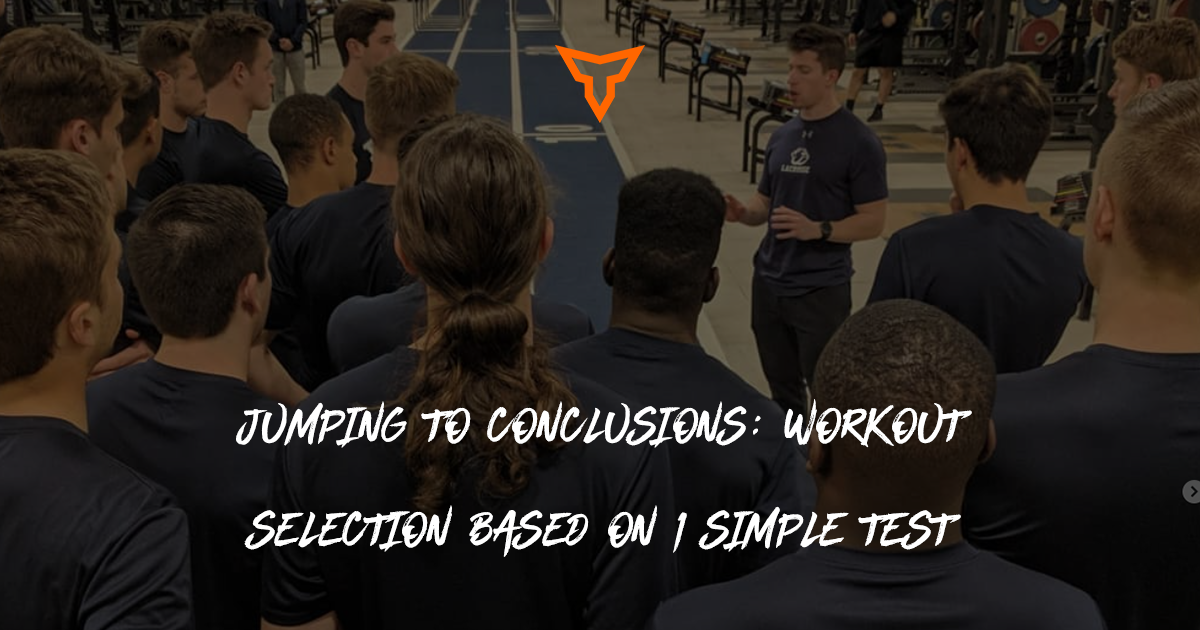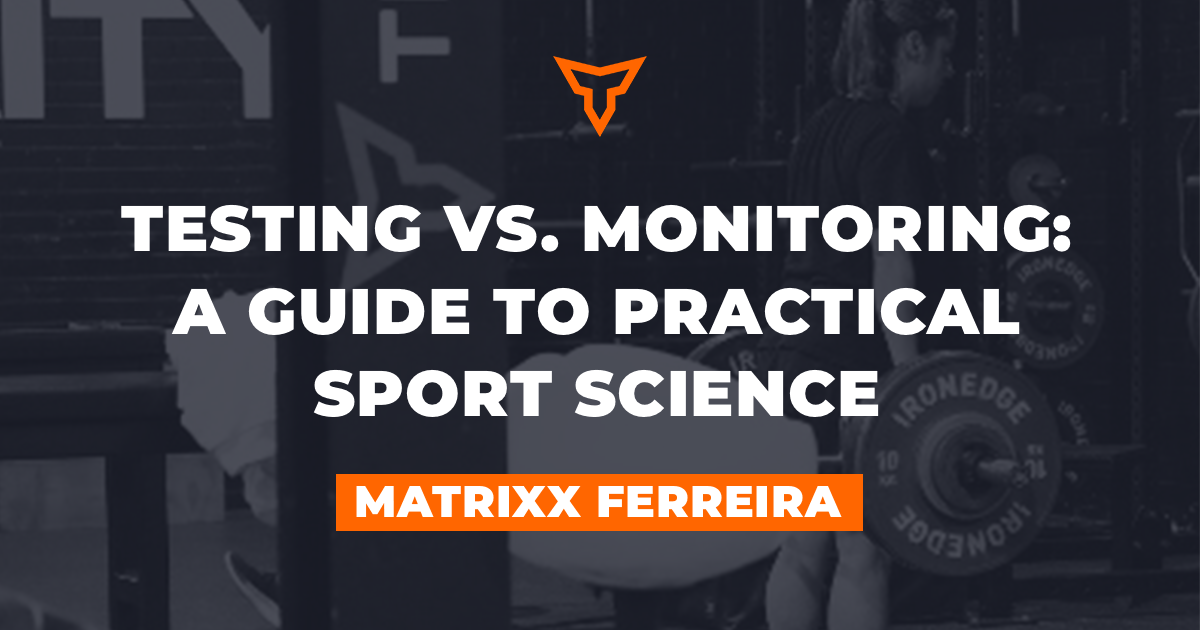With Patrick Mahomes winning the Super Bowl recently, those in the multi-sport athlete camp have come forward banging the drum for delaying sport specialization. Indeed, there is mounting evidence that many elite human beings in sport have developed utilizing this model and it is one embraced by many in strength and conditioning.
Yet in our haste for finding and developing elite human beings in sport, we seem to be overlooking two vital components: Talent is largely genetic and children have needs that extend beyond competition.
To be quite frank, our interventions and constructs for developing elite human beings in sport are not typically the primary cause of elite athleticism. Training and sport selection are of course key elements, but there isn’t a set blueprint to make it into professional or college sports. In fact, what is more important than the chosen route might be the way we proceed along it. The top priority must be respecting the human dignity and holistic needs of each child. And a single blueprint can’t accommodate the dynamic, ever-changing nature of human growth.
Sadly, many parents, young athletes and coaches are bought into the “elite at all costs” camp. They firmly believe you must pick a single sport early in life and dedicate copious amounts of time and resources to said sport at the expense of everything else.
While there are athletes who have succeeded in this early specialization model, I will reiterate that increasing data suggests late specialization is becoming the chosen path for many current elite human beings in sport.[1]
That being said, we know the ultimate factors that propel athletes past us mere mortals are talent and the mental capacity to handle that talent. The latter ability is where I think the multi-sport argument carries some serious weight.
When I say multi-sport, I do not mean playing multiple sports in competitive environments year-round. There must be an offseason and time spent away from intensive training regardless if an athlete plays one or multiple sports. I think the better term would be early diversification that provides opportunities for play and time away from organized sports. If this is not provided, we run into a host of problems.Here’s a non-exhaustive list of potentially debilitating factors to year-round intense competition for youth athletes:
“Young athletes who train intensively, whether specialized or not, can also be at risk of adverse effects on the mind and body.”[2] Approximately 50% of pediatric sport-related injuries are due to overuse.[3] By age 13, over 70% of athletes drop out of sports. This is multi-factorial, but two standout reasons for this would be negative performance evaluations and overtraining. Both lead to undue chronic stress that can impede biological development.[4]
Manipulation is perhaps the most concerning aspect. Young athletes are “pawns in a matrix” that includes an overly regulated schedule, parental expectations, dietary restrictions, sleep deprivation, decreased academic performance, performance enhancing substances, and potentially emotional or physical abuse. Children are placed in a structured, adult world and have to trust their superiors are doing what is best for them. In the world of sports, where athletes are often considered merchandise, this is often a serious misplacement of trust. Sports is an industry, but that doesn’t mean we have to neglect the human dignity of children in our pursuit of developing elite human beings in sport.[5] [6]
Given the outlook of many high-level figures in the sports industry, these issues can emerge whether we choose specialization or diversification because it is the nature of the beast in organized sports. This is why our understanding of the multi-sport model must evolve. The tenants of free play, diversified experiences in all pursuits, strong social support and other coping methods must be utilized to give each child the opportunity to grow and thrive in all aspects of life.[7] Simply shouting into the void that kids should play organized baseball, football, basketball and run track is accomplishing very little but imposing more stress on a child’s system just like intense specialization does.
I think many parents and coaches act with the best intentions, but biases remain and we often neglect what needs to be done for kids in favor of our own interests. This is often inadvertent, but it does happen. I constantly have to remind myself the people I serve have their own goals and mine don’t matter to them.
The best question to ask ourselves isn’t “how can I make this young athlete elite?” Instead it’s “how can I help this child become the best version of him or herself? What will best assist this kid in realizing their full potential both on and off the field?” I truly believe looking at this from a holistic human development standpoint would result in less burnout, fewer injuries, less manipulation and an overall healthier environment for our youth.
Furthermore, consider most athletes will never reach elite status yet we continue to set unrealistic expectations for kids in sport.[8] Why are we sending so many children down a ruthless superhighway that statistically has been proven to be unhealthy for the system as a whole? Why not take the scenic route where they will experience a variety of cultures, movement patterns and social interactions?
One of my favorite books, Range by David Epstein, goes to great lengths depicting the importance of a general foundation before going on to specialize in a particular subject. In essence, the more we know in general, the more information we will have to reference once we go to specialize in something. There is tremendous power in a variety of experiences and these should not just be confined to sports.
I do want to add that early age specialization is not a death sentence. Many have utilized it with great success. Everyone is wired differently and some do not see value in variety. This is the beauty of humanity. Objective data does not tell the whole story. Every person has their own needs and as coaches we should be mindful of that before spouting our opinions as dogma.
In closing, being a multi-sport athlete, training intensely, diversifying early, or specializing early does not guarantee success or failure. All of these are not the direct causes of greatness or mediocrity. They are simply environments that provide different experiences. Statistically some show more positive effects than others, but each can yield high quality athletes.
Instead, what these environments must do is provide opportunities to play on many teams, a perspective of multiple cultures, exposure to different leadership styles, social development through a variety of interactions, and the cultivation of universal athletic qualities.
Considering most of us work with people who aren’t elite athletes, it’s important remind ourselves that athletic careers aren’t often defining. Human development first, athletic development second. Early diversification proceeding to late specialization is typically a very good way to accomplish both.[9] But again, it is not the only way.
[1] Malina, R. (2010) Early Sport Specialization: Roots, Effectiveness, Risks. Current Sports Medicine Reports: Vol. 70, Iss. 6, 364-371, doi: 10.1249/JSR.0b013e3181fe3166
[2] Brenner, J. (2016) Sports Specialization and Intensive Training in Young Athletes. Pediatrics: Sept 2016, 138, doi: 10.1542/peds.2016-2148
[3] Tamara C. Valovich McLeod, Laura C. Decoster, Keith J. Loud, Lyle J. Micheli, J. Terry Parker, Michelle A. Sandrey, and Christopher White (2011) National Athletic Trainers' Association Position Statement: Prevention of Pediatric Overuse Injuries. Journal of Athletic Training: Mar/Apr 2011, Vol. 46, No. 2, 206-220, doi: 10.4085/1062-6050-46.2.206
[4] Malina (2010).
[5] Malina (2010).
[6] Brenner, J., LaBotz, M., Sugimoto, D., Stracciolini, A. (2019) The Psychosocial Implications of Sport Specialization in Pediatric Athletes. Journal of Athletic Training: Oct 2019, doi: 10.4085/1062-6050-394-18
[7] Yogman, M., Garner, A., Hutchinson, J., Hirsh-Pasek, K., Golinkoff, RM. (2018) Pediatrics: Sept, 2018, 142, doi: 10.1542/peds.2018-2058
[8] Brenner (2016).
[9] Brenner (2016).
Subscribe to our blog
Subscribe to receive the latest blog posts to your inbox every week.
Related posts

The NCAA and Injury Prevention: 16 Years in the Making

Jumping to Conclusions: Workout Selection Based on 1 Simple Test


